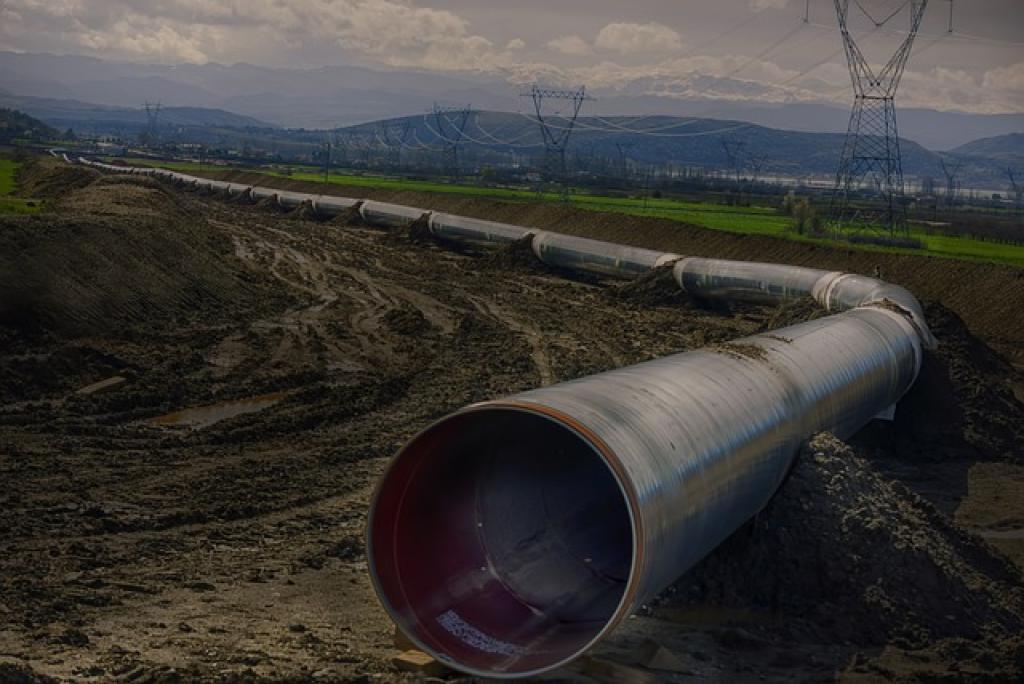We live in a world powered by oil, but what if the very foundations of this industry are shrouded in deception? The slick marketing campaigns and polished PR statements paint a picture of responsibility and environmental stewardship, but is that the whole story?
Let’s peel back the layers and reveal the hidden truths about how these oil giants operate. From manipulating scientific research to misleading the public about their environmental impact, the deceptions run deep.
Join me on this journey as we uncover the dark side of an industry that affects every corner of our planet.
Exposing False Climate Change Commitments
Oil corporations often boast about their commitments to fighting climate change, but how much of it is real action and how much is just hot air? They love to announce grand initiatives and set ambitious targets, but let’s look at the substance behind these claims.
When scrutinizing their pledges, it’s clear many use clever wording to mislead. Terms like “carbon-neutral by 2050” sound impressive but often rely on vague strategies and unproven technologies.
The Reality of Greenwashing
Behind the green façade, these companies continue to invest heavily in fossil fuel extraction. Their actual spending on renewable energy pales in comparison to what they put into oil and gas. It’s a classic case of greenwashing—creating a false impression of environmental responsibility.
Furthermore, many of these promises hinge on offsetting emissions rather than reducing them. This loophole allows oil giants to appear proactive without making significant changes to their core business.
It’s essential to stay informed and critical, understanding that not all climate commitments are created equal. Let’s hold these corporations accountable and push for genuine action to protect our planet.
Manipulating Public Perception Through Greenwashing
Greenwashing is a sly way companies make themselves look eco-friendly without making real changes. It’s like putting a shiny green sticker on a product while the inside remains the same.
Many corporations use marketing techniques to manipulate public perception. Glossy ads, nature-themed packaging, and buzzwords like “sustainable” draw us in. But often, these are surface-deep.
For instance, a company might promote a tiny line of eco-friendly products while the bulk of their operations remains harmful. This creates an illusion of responsibility that doesn’t match reality.
It’s crucial for us to look beyond the slogans and examine what companies are actually doing. Are they truly committed to sustainability, or just trying to win our approval with clever marketing? The difference is everything.
Hidden Lobbying Efforts and Political Influence
Behind the scenes, many companies leverage lobbying to sway political decisions in their favor. Lobbying is where businesses fund efforts to influence lawmakers and policies that could impact their profit margins.
These efforts are often hidden from public view. Huge sums of money flow into campaigns and political donations, persuading politicians to vote in ways that benefit these corporations, sometimes at the expense of the environment and public health.
The Power of Influence
Lobbying groups work to weaken regulations, oppose new environmental laws, and even spread misinformation. They aim to protect corporate interests, ensuring that profit comes before sustainability or social responsibility.
We rarely see these behind-the-scenes maneuvers, but they significantly shape policies that affect our daily lives. By understanding the scope of this influence, we can better advocate for transparency and change.
The need for awareness is crucial. Only through informed action can we push back against the hidden forces that prioritize profit over people and the planet.
Deceptive Advertising Campaigns Touting Clean Energy Initiatives
Big corporations often launch splashy advertising campaigns to showcase their so-called “commitment” to clean energy. These ads are designed to make us believe that they are leading the charge towards a sustainable future.
However, these campaigns can be quite deceptive. A company might highlight a small clean energy project while its core operations still rely heavily on fossil fuels. This creates a false impression of their environmental responsibility.
The Reality Behind the Ads
Many times, these initiatives are minuscule compared to the scale of their overall environmental impact. It’s a classic case of greenwashing—a strategy to distract the public from harmful practices by promoting limited, superficial eco-friendly measures.
Consumers are often misled into believing they’re supporting a green-friendly brand. This not only manipulates public perception but can also delay meaningful regulation and genuine progress in shifting to renewable energy.
Understanding the difference between genuine sustainability efforts and deceptive advertising is essential. We need to look beyond the glossy ads and scrutinize where these companies truly stand on environmental issues.

Uncovering the Truth Behind Oil Spills and Environmental Damage
Oil spills are catastrophic events that leave long-term scars on our environment. Often, the immediate visual impact—oil-coated birds, blackened shorelines—is just the tip of the iceberg.
These spills wreak havoc on marine life, contaminating habitats and poisoning food chains. The toxic effects can last for decades, making recovery slow and difficult.
Companies often downplay the severity, citing their quick response and cleanup efforts. However, the truth is that these cleanups are rarely perfect. Residual oil continues to seep into ecosystems, causing lasting damage.
It’s also important to consider the root cause: human error and lack of preventative measures. Many spills are preventable with stricter regulations and better safety protocols. Companies must be held accountable for their negligence to ensure such disasters are minimized.
When assessing environmental damage, we must scrutinize the full impact and not just settle for surface-level solutions. Real, long-term action is necessary to protect our ecosystems from further harm.
Conclusion: Holding Major Oil Corporations Accountable
In the end, it’s clear that oil spills are more than just an unfortunate mishap; they are preventable disasters with far-reaching consequences. Our environment bears the brunt, but ultimately, we all pay the price.
Taking action means demanding greater transparency and tougher regulations from oil companies. These corporations must be held to higher standards of safety and accountability. It’s about making sure they don’t just clean up the mess but also prevent it from happening in the first place.
Equally, supporting renewable energy sources and reducing our dependency on oil can significantly lessen the risk of such environmental catastrophes. By shifting our focus towards greener alternatives, we can decrease the likelihood of future spills.
Individual actions may seem small, but collectively, they have a big impact. Advocating for policy changes, supporting environmental organizations, and staying informed are vital steps each of us can take.
In summary, the responsibility lies with both the oil corporations and us as consumers. By holding these companies accountable and pushing for sustainable practices, we can protect our planet for generations to come. After all, it’s not just about preserving nature; it’s about securing a healthier, safer future for everyone.





